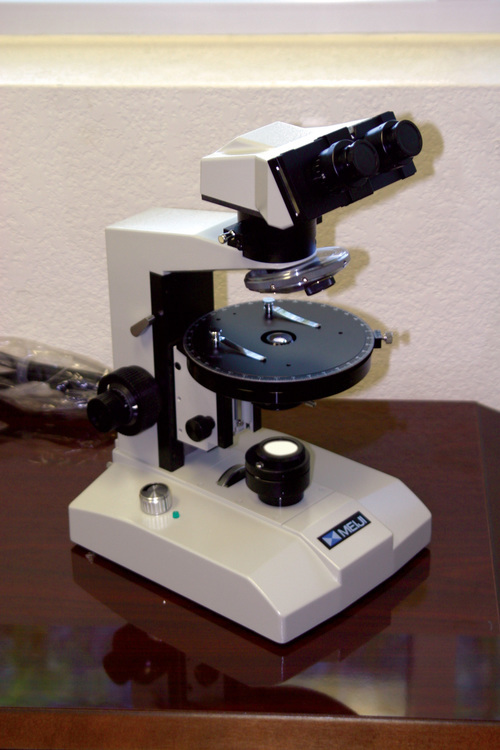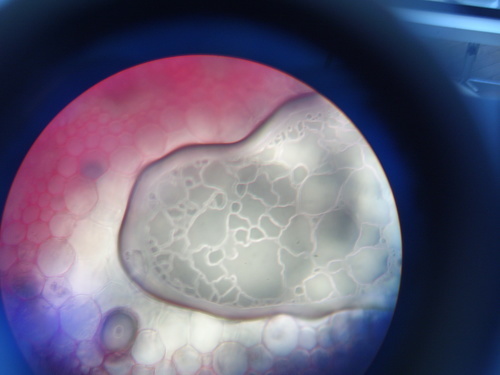Hematology Analyzer Technology
Hematology analyzers are equipment that is used to test blood samples in the medical field to result in a complete blood count. The outcome of the test includes red blood cell count, white blood cell count, platelet count, hematocrit, RBC indices, hemoglobin concentration, and a leukocyte differential. Physicians often use hematology analyzers for patients’ first blood test, and it carries out quantitative and qualitative analysis of the blood elements.

There are three standard technologies used in hematology analyzers, and they are electrical impedance, fluorescent flow cytometry, and flow cytometry. They are used to combine with the chemical reagents that either lyse or alter the blood cells to extend measurable parameters.

Electrical Impedance
Electrical impedance is the traditional method of counting cells. It is also called the Coulter Principle. This technology is used in almost every hematology analyzer. In general, the whole blood is passed through an aperture between two electrodes so narrow that only one cell can pass through at a time. As a result, the electrical impedance would change when a cell is passing through. Because this change is proportional to the cell volume, it results in a cell count and the measure of volume.
The impedance analysis usually produces three-part WBC differentials; lymphocytes, granulocytes, and monocytes, as well as CBCs, but it could not distinguish between similarly sized granular leukocytes, which are basophils, eosinophils, and neutrophils. This technology could reach the counting rates that are up to 10,000 cells in one second, and typically, an impedance analysis could be done in less than one minute.
Fluorescent Flow Cytometry
Fluorescent flow cytometry adds fluorescent reagents by extending the flow cytometry used for measuring specific cell populations. Because the fluorescent dyes could show the nucleus-plasma ratio of every stained cell, it is helpful for the analysis of nucleated RBCs, platelets, and reticulocytes.
Flow Cytometry
Flow cytometry is usually more costly than electrical impedance analysis because of the need for expensive reagents. However, this method could return more detailed information on the morphology of the blood cells, and it is an excellent method to determine the five-part WBC differentials.
The absorbance is measured with a single-cell stream passing through a laser beam. Then, the scattered light is also measured by multiple angles to decide the granularity, inner complexity, and diameter of the blood cells. They are very similar cell morphology characteristics, and they could be manually determined from a slide.








